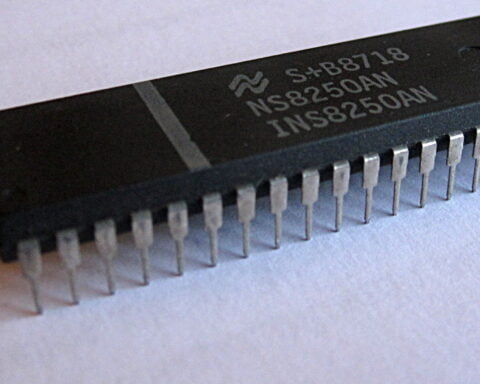With cash use declining from 71 percent of Point of Sale (POS) transaction value in 2019 to just 27 percent in 2022, India has emerged as a global leader in payments with the development of its next-generation real-time payments (RTP) infrastructure, the Unified Payments Interface (UPI), helping e-commerce account-to-account (A2A) payments grow to $12 billion, up 53 percent from 2021 to 2022 and digital wallets growth from 5 percent to 35 percent of POS value, according to a new report from global financial technology leader FIS said.
The Worldpay from FIS Global Payments Report 2023 examines how consumers pay today both in-store and online across 40 global markets. Findings from the 2023 report show that in 2022, there were almost 70 real-time payment schemes providing high-speed payment rails that drove A2A payments to account for US$525 billion in global e-commerce transaction value, up 13 percent from US$463 billion in 2021.
India’s developed United Payment Interface (UPI) has almost become the default payment option. While cash is still there, increasingly a majority of peer to peer transaction are done through UPI.
According to the data released by FIS cash is expected to decline by 34% in transaction value by 2026 and digital wallets are expected to rise in transaction value by 88% by 2026. In the online space, the ecommerce market size is expected to grow by 82% by 2026 providing a greater boost to digital payments.
UPI has become India’s leading digital payments platform, growing at a huge 427 percent in transaction volume between March 2020 and August 2022, helping A2A payments grow to US$12 billion, up 53 percent from 2021 to 2022. Its seamless interoperability with commercial wallets such as Google Pay, Paytm and PhonePe, has helped digital wallets grow from 5 percent POS market share in 2019 to 35 percent in 2022. UPI’s volume is continuing to show tremendous growth, increasing from 2.2 billion transactions in December 2020, to 4.5 billion in December 2021, and to 7.8 billion in December 2022. As of January 2023, the number of banks live on UPI has increased to 385[4] and this number is expected to rise in the upcoming years.
Further analysis in the Global Payments Report also shows that by 2026, A2A transaction value is expected to grow by 195 percent to $36 billion.
Phil Pomford, General Manager APAC, Worldpay Merchant Solutions at FIS said: “The success of UPI in India is changing consumers payment preferences faster than anyone could have predicted. UPI gives consumers the ability to transfer funds easily and instantly, 24/7, free of charge, from one bank account to another, and its success shows consumers want more choice, convenience and control at the checkout. It is driving consumers away from cash and helping to drive financial inclusion all at the same time and is making India a leader in payments across not just the region, but the globe. The development of real-time payment schemes by other central banks – and, critically, the cooperation between those central banks – is also helping to fuel cross-border commerce, providing merchants with a significant opportunity for growth moving forward.”
As per the India Payment Trends, account-to-account (A2A) payments are projected to increase their share in e-commerce payment methods from 15 percent in 2022 to 24 percent in 2026. Cash was dominant just a few years ago, accounting for 71 percent of POS transaction value in 2019, but by 2022, cash had dropped to represent just 27 percent of POS value.
Cash is projected to decline even further by 2026, projecting to account for just 14 percent of POS market share. In 2022, digital wallets accounted for 50 percent of e-commerce transaction value and 35 percent of POS transaction value in India.
India’s e-commerce market is projected to grow from US$83 billion in 2022 to US$150 billion in 2026.
Published continuously since 2015, the Global Payments Report is an industry benchmark used by merchants, financial institutions, press and researchers around the world.


























